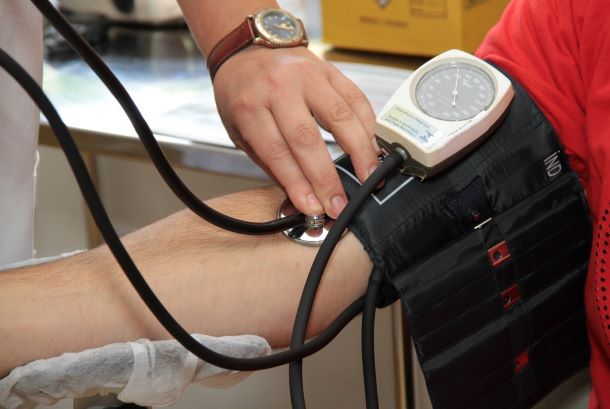
Recent reporting from the American Heart Association and the National Institutes of Health indicate the decades-long battle against uncontrolled hypertension is beginning to unravel due to the pressures of COVID-19 and the way people are responding to the pandemic.
Hypertension is called ‘The Silent Killer’ because it develops over time and has no easily recognized symptoms for early detection outside of periodic blood pressure (BP) screening.
The good news: Most people can control high blood pressure with lifestyle changes, medications, or a combination of both.
The bad news: Because they do not have symptoms to notice, most people do not know they have it until significant damage is done. Hypertension is associated with stroke, chronic kidney disease, heart attack, and heart failure.
The emerging concern: After decades of increased efforts to educate, screen, identify and treat patients, and a significant increase in those with their blood pressure under control (nearly 54% thru 2014), recent years witnessed a drop to under 44% managed.
The immediate concern: Pandemic – related challenges make overcoming barriers to hypertension control harder for patients and providers, alike. Reductions for in-person care means reduction in screening and monitoring without deploying devices to remotely capture and report the physiologic data (go here for more information on remote patient monitoring options). Additionally, the less frequent engagement with at-risk patients decreases patient participation in positive self-management behaviors.
The American Heart Association found “the decrease in blood pressure management among the 40-59 age group was mainly due to lack of awareness of and treatment for hypertension.”
The NIH added “[a]dults aged 46-64 were more likely to have their blood pressure controlled than both younger adults and people aged 75 and older. Black adults were less likely than white adults to have controlled high blood pressure. People with health insurance and a usual health care provider were more likely to have control over their high blood pressure than those without health insurance or regular contact with the health care system.”
In addition to the controlled rate dropping, a lower awareness rate was reported, too. That is believed to be a warning sign for more potentially more people with hypertension that are unaware of what might be developing inside them. Both awareness and treatment of high blood pressure started rising around the turn of the century. It is up to providers, administrators, and patients to work together to ensure the continued impact of the pandemic does not reverse a generation of progress against this health threat.
References:
American Heart Association. (2020). Americans continue to struggle controlling high blood pressure; 11% fewer adults have it in check. Retrieved from https://newsroom.heart.org/news/americans-continue-to-struggle-controlling-high-blood-pressure-11-fewer-adults-have-it-in-check
National Institutes of Health. (2020). High blood pressure awareness and treatment declining. Retrieved from https://www.nih.gov/news-events/nih-research-matters/high-blood-pressure-awareness-treatment-declining
